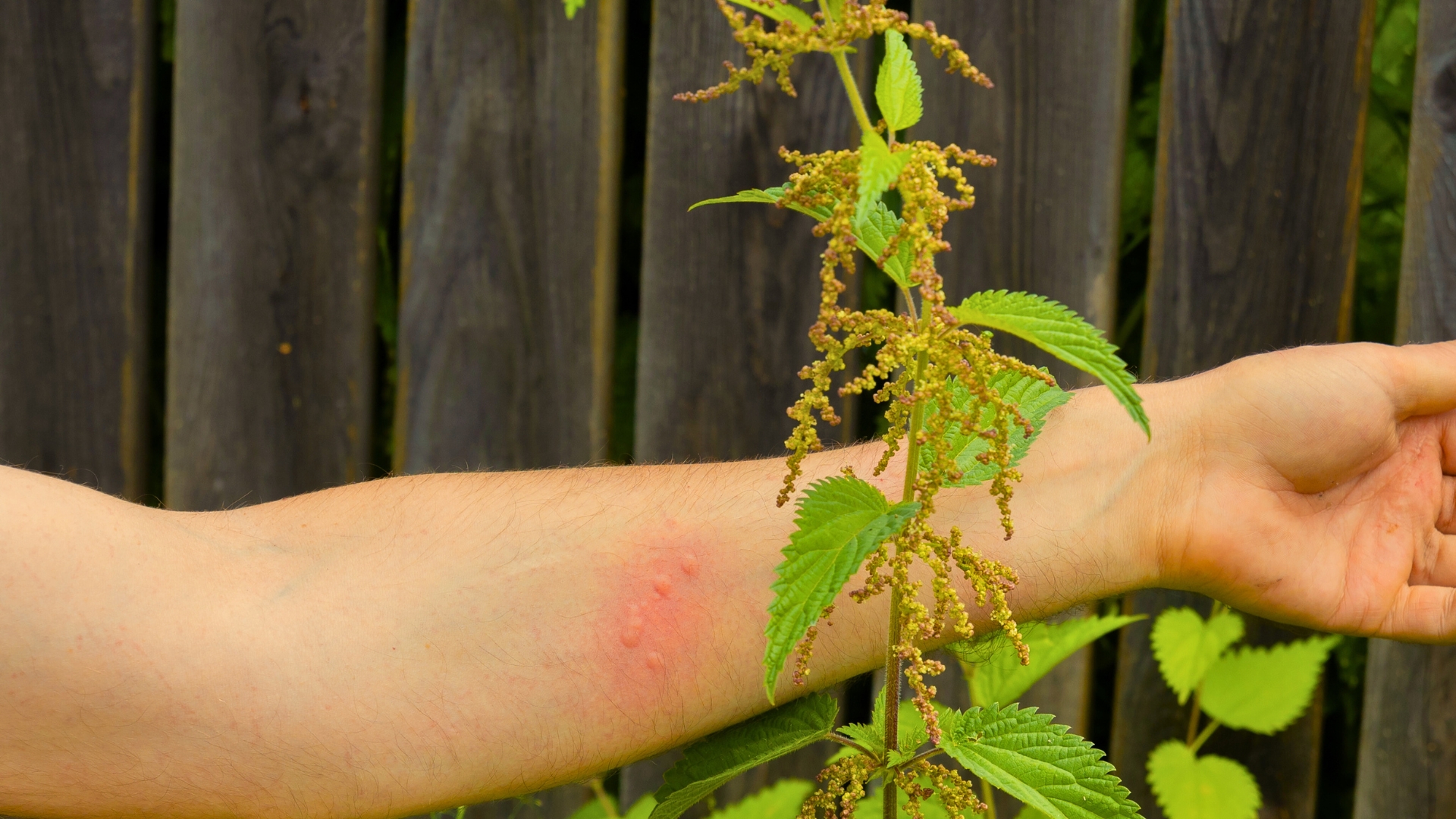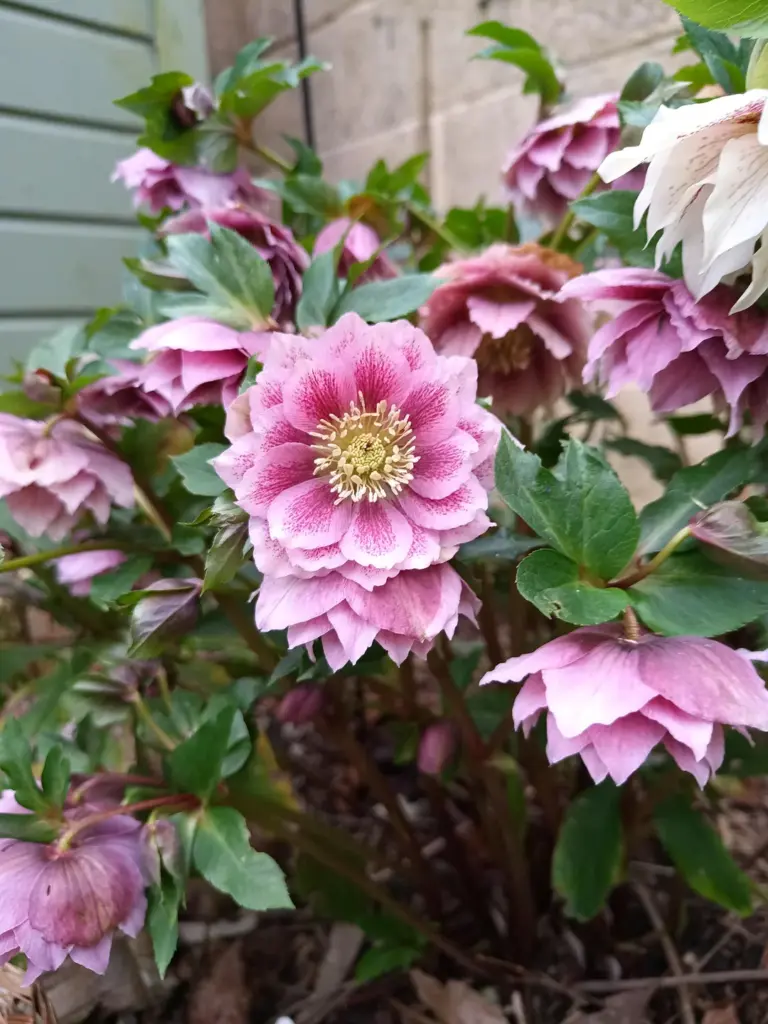16 Plants That May Cause Skin Irritation In Your Garden
Some plants look beautiful in the garden but can be a little unfriendly to your skin. I’ve brushed against a few of these before and learned quickly how irritating they can be.
It’s surprising how common some of them are in backyards. Knowing which ones to handle with care makes gardening a lot more comfortable.
With these plants in mind, you can enjoy your garden while keeping your skin happy and safe.
1. Poison Ivy
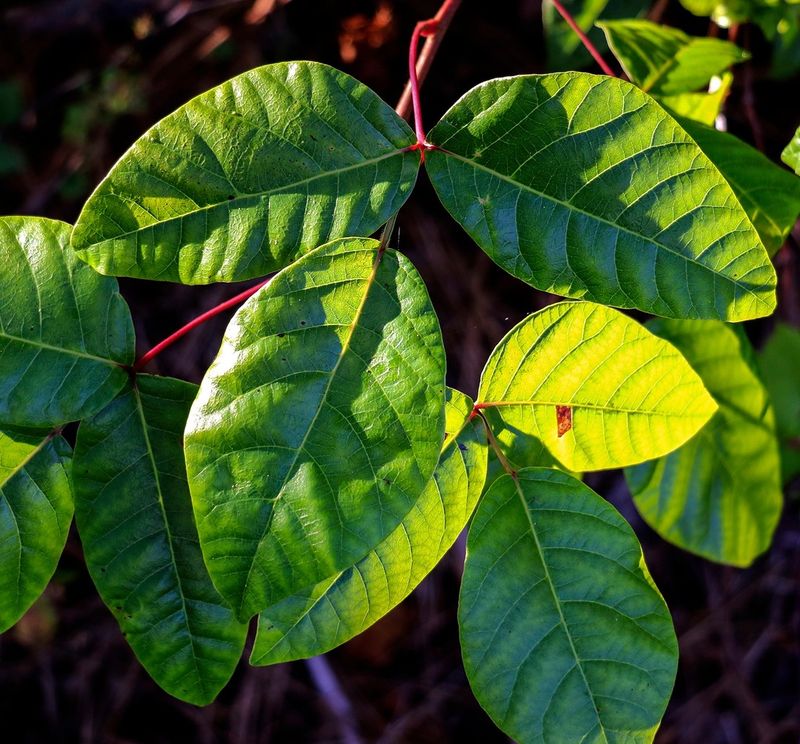
The notorious three-leafed troublemaker contains urushiol oil that triggers painful, itchy rashes in about 85% of people. Even brief contact can lead to weeks of misery.
The reaction typically appears 24-48 hours after exposure and can spread if the oil remains on skin, clothing, or pet fur. Remember the warning: “Leaves of three, let them be!”
2. Stinging Nettle
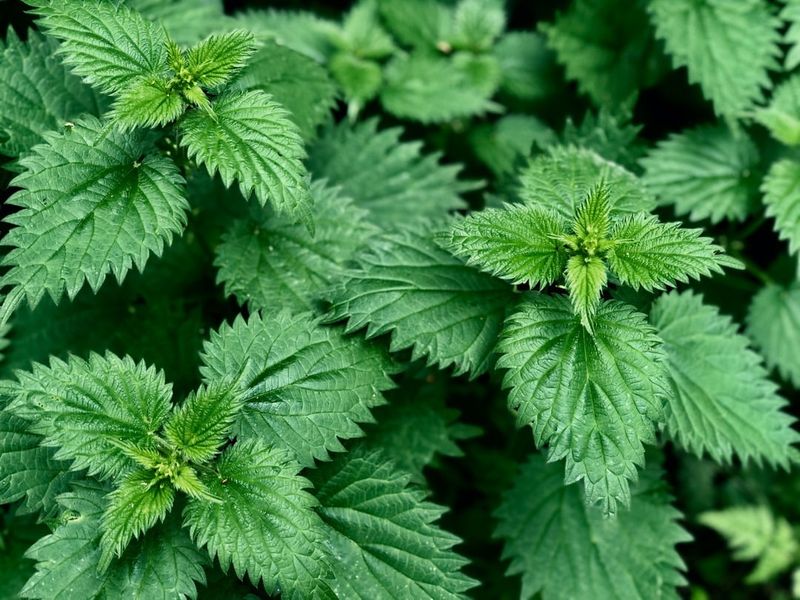
Walking through a patch of this innocent-looking plant can quickly turn painful. Tiny hollow hairs on stems and leaves inject irritating chemicals when brushed against, causing immediate burning and welts.
The stinging sensation typically lasts several hours but can persist for days in sensitive individuals. Wearing long pants and gloves provides protection when working in areas where nettle grows.
3. Giant Hogweed
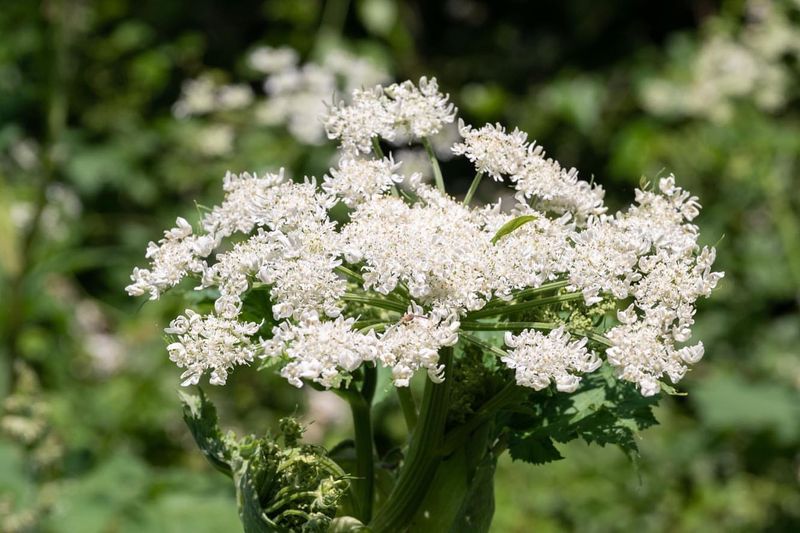
This massive plant with white umbrella-shaped flower clusters contains sap that makes skin extremely sensitive to sunlight. Contact followed by sun exposure causes severe burns, blistering, and purple or black scars.
Giant hogweed reactions can last for years and require medical attention. Never attempt to remove this invasive species without professional protective gear and proper training.
4. Poison Oak
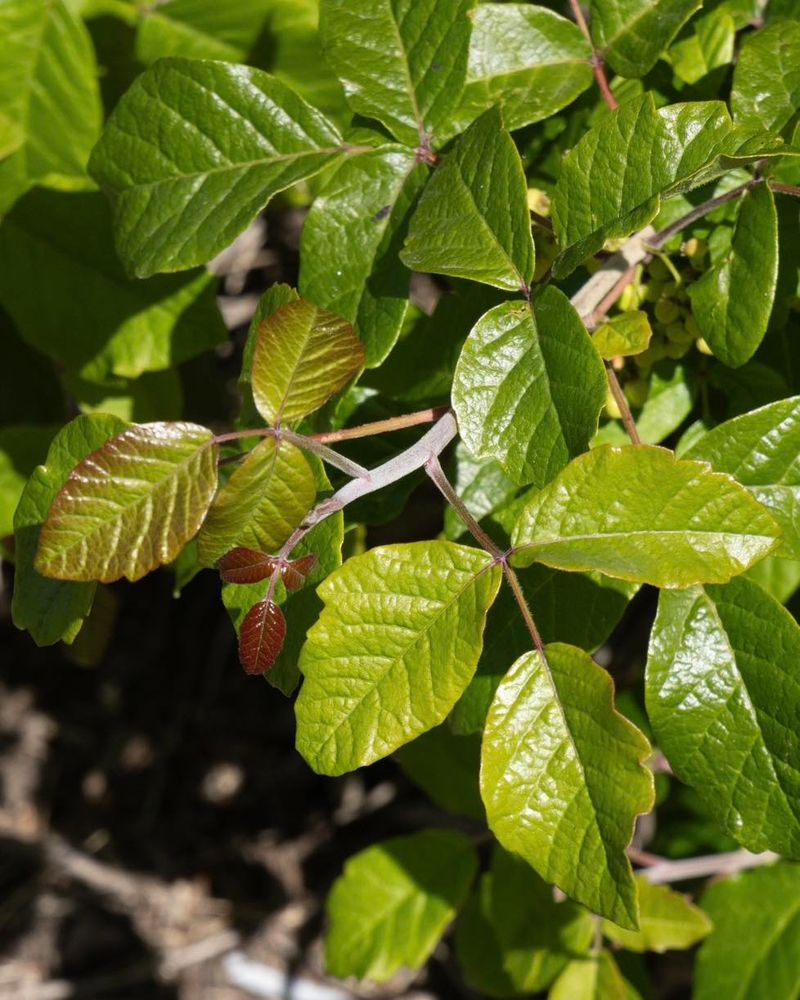
Often mistaken for harmless plants, poison oak has leaves grouped in threes with wavy edges that resemble oak leaves. The urushiol oil it contains causes the same allergic reaction as poison ivy.
Even dead plants retain their potency for years. If exposed, immediately wash the area with soap and cold water, and avoid scratching the rash to prevent infection.
5. Wild Parsnip
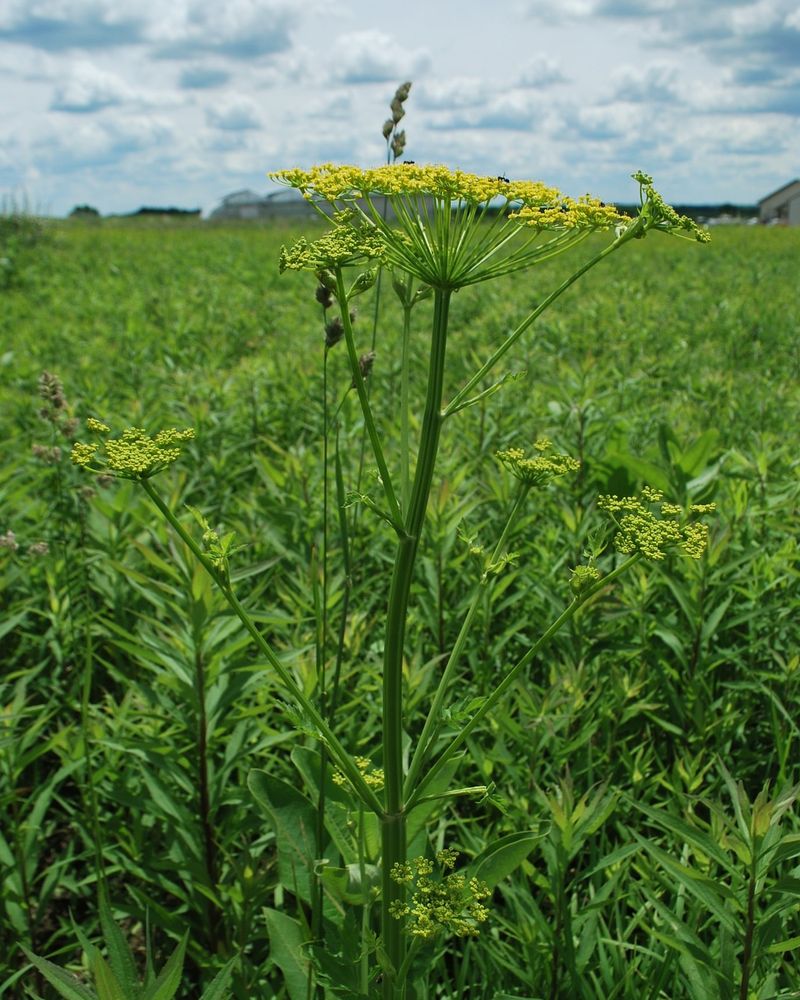
Looking deceptively like a harmless yellow-flowered relative of carrots, wild parsnip harbors a dangerous secret. Its sap contains chemicals that cause severe burns when skin is exposed to sunlight after contact.
The reaction, called phytophotodermatitis, creates painful blisters that can leave dark scars lasting for months or years. Gardeners should wear protective clothing when removing this invasive plant.
6. Manchineel
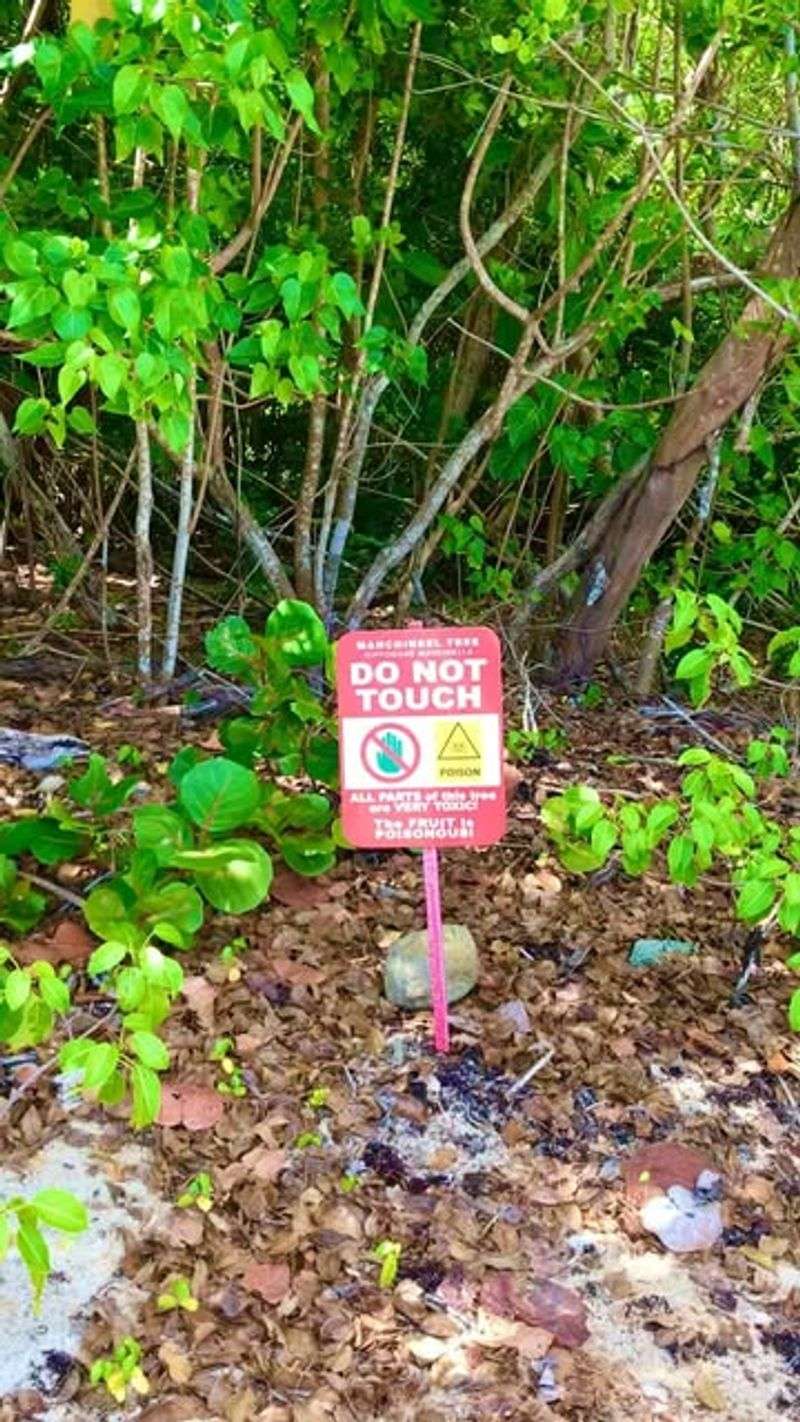
Known as the ‘little apple of death,’ this tropical tree produces fruit resembling small green apples. Standing beneath it during rain can cause skin blistering as water carries toxic sap from leaves.
Even touching the bark or burning the wood can cause severe reactions. Spanish explorers used the sap to poison arrow tips, earning its reputation as one of the world’s most dangerous trees.
7. Buttercups
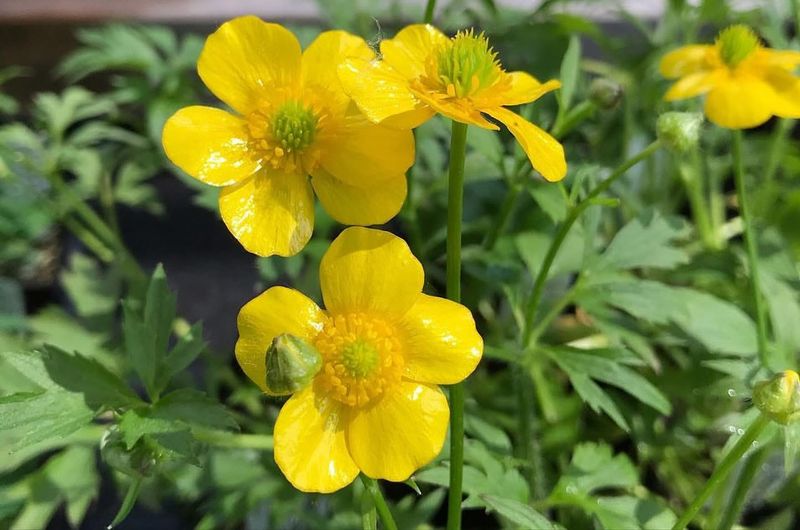
Those cheerful yellow flowers that brighten spring gardens hide a surprising secret. Buttercups contain a compound called protoanemonin that can cause painful blisters when crushed against skin.
Children often pick these flowers without knowing their potential for harm. The irritation typically subsides once the plant material is removed and the area is washed thoroughly with soap and water.
8. English Ivy
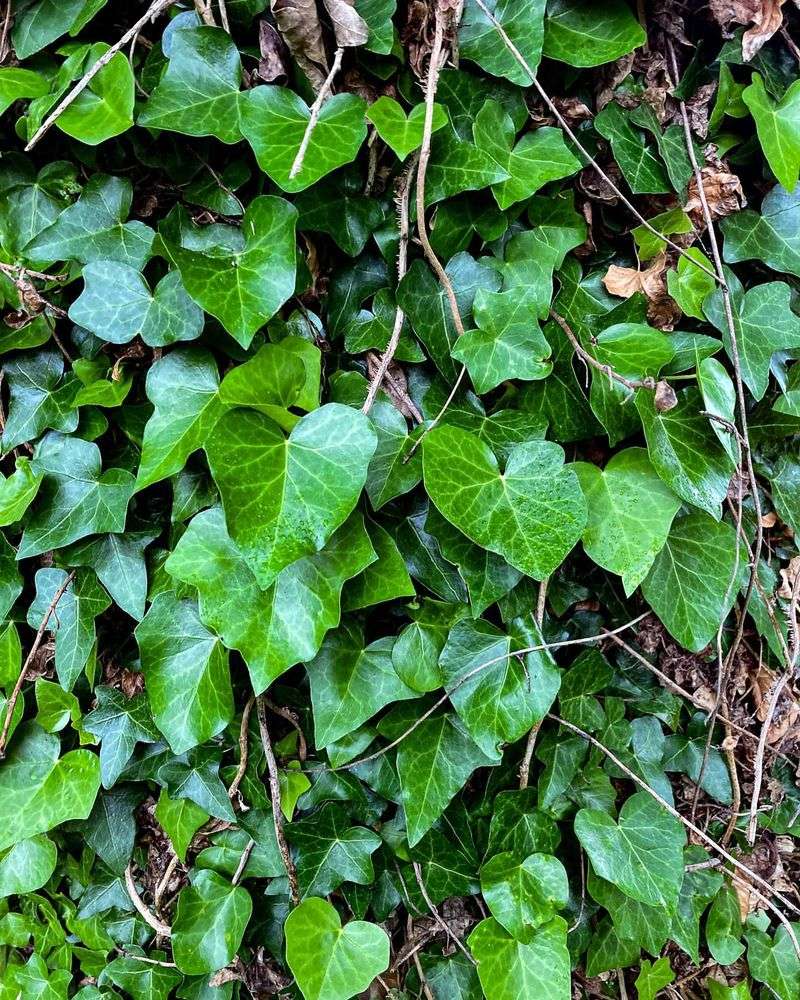
A popular ornamental vine that climbs walls and trees, English ivy contains compounds called falcarinol and polyacetylenes. These chemicals can trigger contact dermatitis in sensitive individuals, causing red, itchy rashes.
Repeated exposure often increases sensitivity over time. When pruning or removing ivy, always wear long sleeves, pants, and gloves to minimize skin contact with the sap.
9. Rue
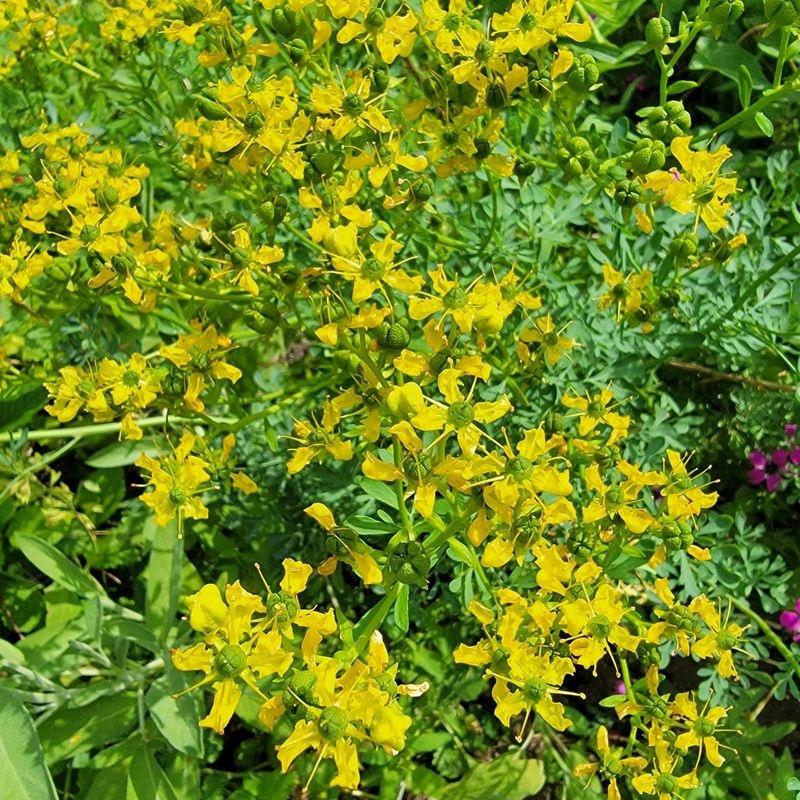
This blue-green herb with yellow flowers was once prized for medicinal uses but contains oils that cause phytophotodermatitis. Brushing against rue and then exposing skin to sunlight leads to painful blisters that can take weeks to heal.
Gardeners often experience reactions on hot, sunny days when oils are most potent. The resulting burns sometimes leave dark patches that persist for months after the initial reaction subsides.
10. Poison Sumac
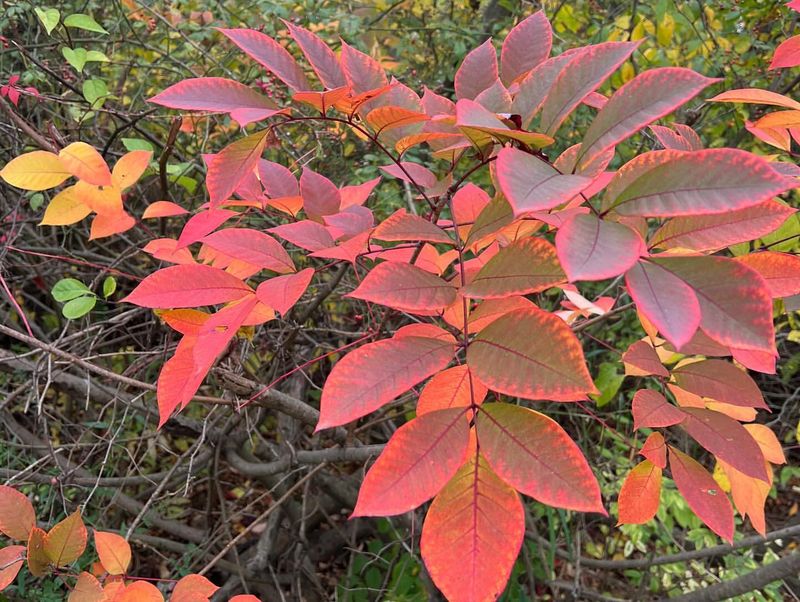
Less famous than its cousins poison ivy and oak, sumac packs an even stronger punch. Recognizable by compound leaves with 7-13 leaflets and red stems, this shrub contains highly concentrated urushiol oil.
Growing in wet, swampy areas, poison sumac causes more severe and persistent rashes than other urushiol-containing plants. The resulting blisters and swelling may require medical treatment including prescription steroids.
11. Euphorbia
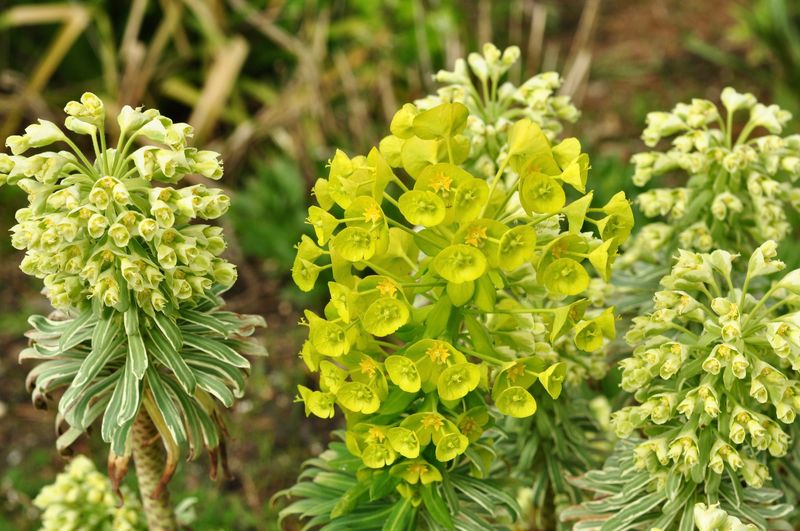
Popular in drought-tolerant gardens, euphorbia plants like spurge and poinsettias contain milky white sap that irritates skin on contact. The sap can cause redness, swelling, and painful blisters within hours of exposure.
Particularly dangerous if it contacts eyes, euphorbia sap requires immediate flushing with water. Always wear gloves when pruning these plants and wash hands thoroughly even after brief contact.
12. Trumpet Vine
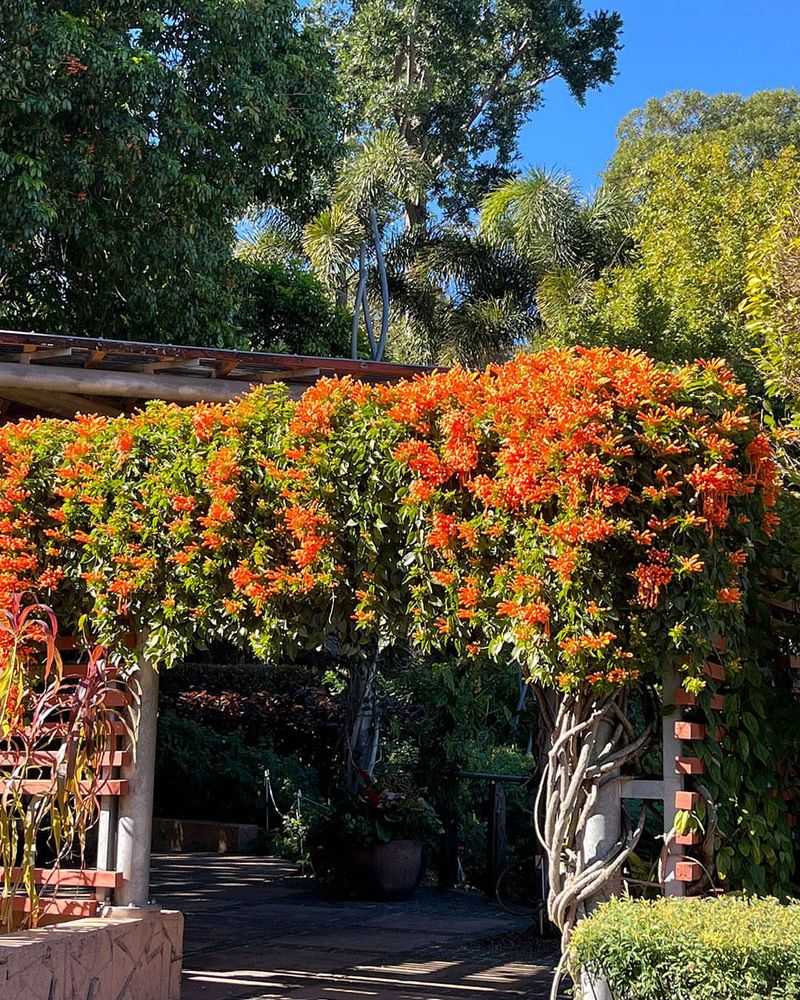
Also called cow-itch vine, this aggressive climber produces beautiful orange-red flowers that attract hummingbirds. Many gardeners develop contact dermatitis from handling the leaves and stems, experiencing itchy red rashes that can last for days.
The allergic reaction often becomes more severe with repeated exposure. Despite its ornamental value, consider removing trumpet vine if you experience skin reactions after contact.
13. Wood Nettle
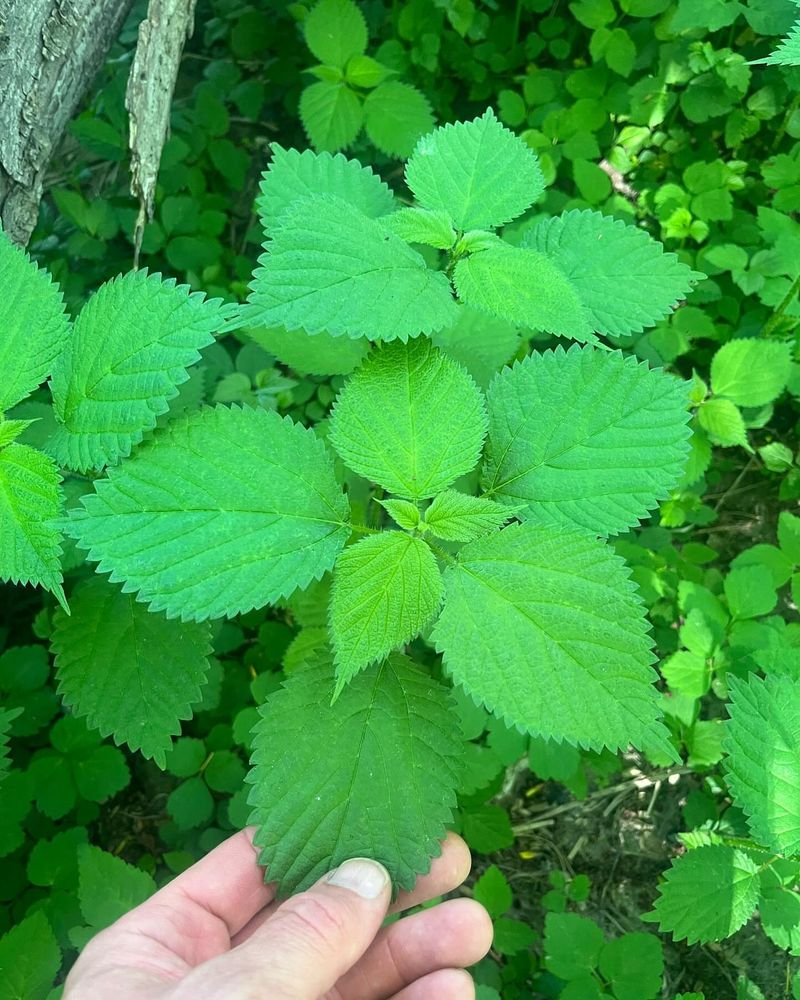
A woodland relative of stinging nettle, wood nettle has broader leaves but shares the same painful sting. Tiny hairs inject a cocktail of chemicals including formic acid, histamine, and acetylcholine when touched.
The burning sensation typically peaks within minutes and gradually subsides over several hours. Jewelweed, often growing nearby, contains compounds that can help neutralize the sting when the crushed plant is applied to affected skin.
14. Garden Primrose
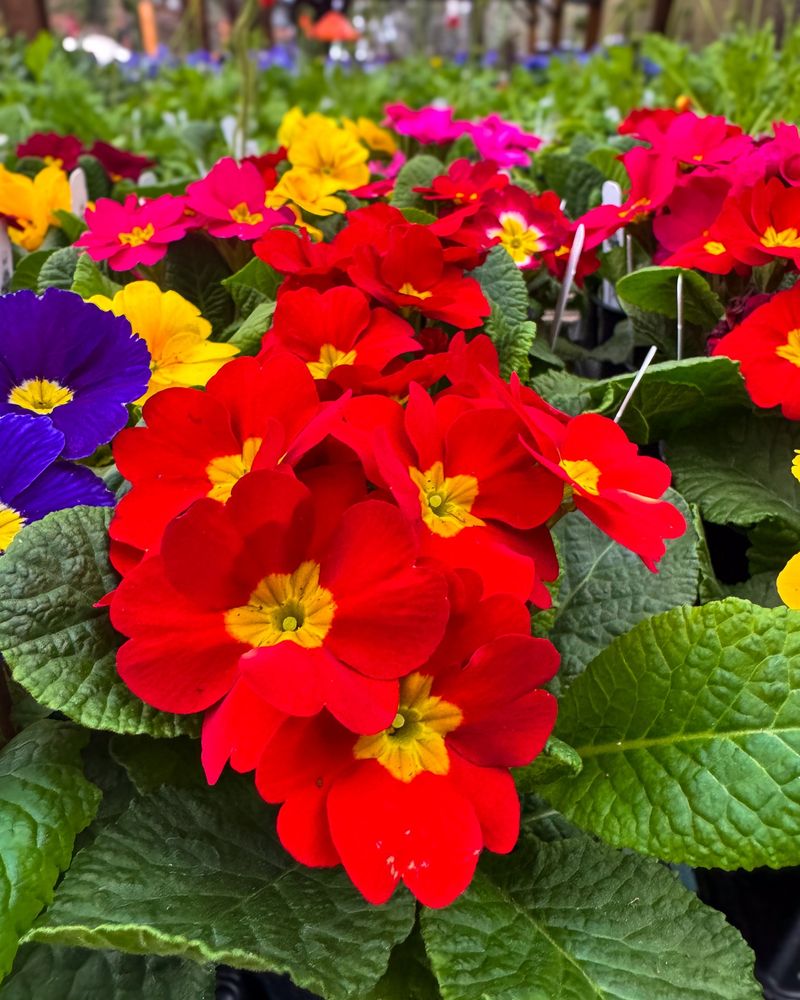
These colorful spring flowers seem harmless but contain primin, a chemical that causes allergic contact dermatitis in susceptible individuals. The reaction typically appears as red, itchy patches on hands and forearms after handling the plants.
Primrose dermatitis is most common among gardeners who regularly handle these plants. Wearing gloves when working with primroses can prevent this uncomfortable reaction.
15. Ginkgo Tree
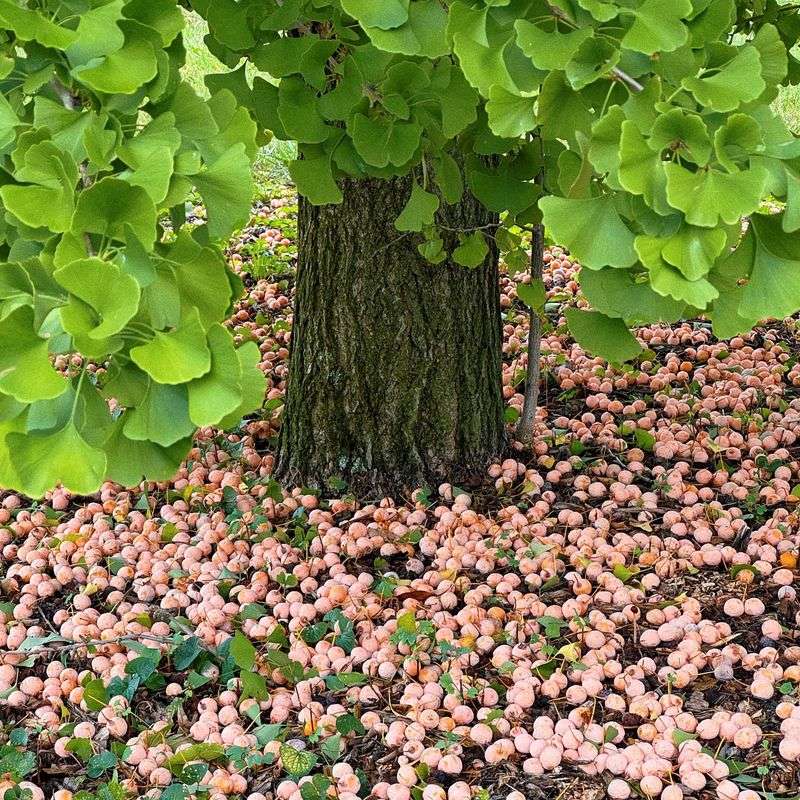
Female ginkgo trees produce fleshy, fruit-like seeds that fall in autumn and contain butyric acid. Handling these seeds can cause severe contact dermatitis similar to poison ivy, with blistering rashes that spread beyond the contact area.
The unpleasant smell of crushed seeds gives warning of their irritant properties. Most landscape plantings use male trees to avoid this problem, but wild or unidentified specimens should be handled with caution.
16. Hellebore
These early-blooming perennials are treasured for their winter and spring flowers, but their leaves and sap contain toxic compounds that can irritate skin. Contact may cause redness, itching, or mild blistering in sensitive gardeners.
Wearing gloves when handling hellebores, especially during pruning or dividing, helps prevent skin reactions. Despite their beauty, treating them with care ensures your hands stay safe while enjoying their blooms.

